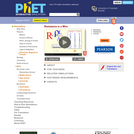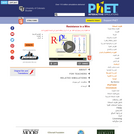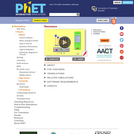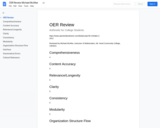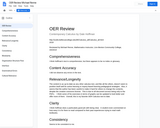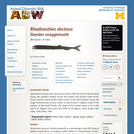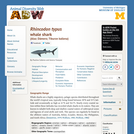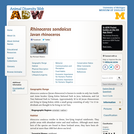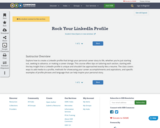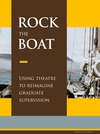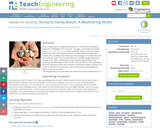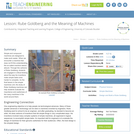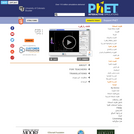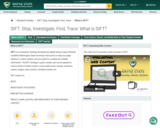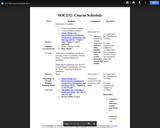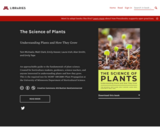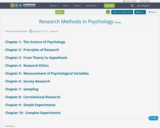
Research Methods in Psychology is intended to provide a fundamental understanding of the basics of experimental research in the psychological sciences.
Research Methods in Psychology adapted by Michael G. Dudley is licensed under Creative Commons Attribution-NonCommercial-ShareAlike 4.0 license.
Research Methods in Psychology is adapted from a work produced and distributed under a Creative Commons license (CC BY-NC-SA) in 2010 by a publisher who has requested that they and the original author not receive attribution. This adapted edition is based on an adaptation produced by the University of Minnesota Libraries Publishing through the eLearning Support Initiative. This adapted edition was created by Michael G. Dudley with support from the Palomar College Foundation.
This adaptation has significantly altered the original 2010 text and removed images. This work is made available under the terms of a Creative Commons Attribution-NonCommercial-ShareAlike license.
- Subject:
- Psychology
- Social Science
- Material Type:
- Textbook
- Date Added:
- 01/19/2019
